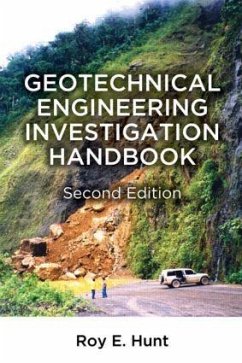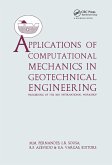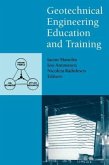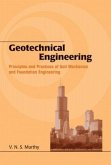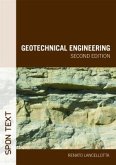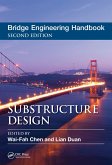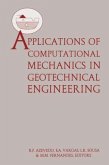The Geotechnical Engineering Investigation Handbook provides the tools necessary for fusing geological characterization and investigation with critical analysis for obtaining engineering design criteria. The second edition updates this pioneering reference for the 21st century, including developments that have occurred in the twenty years since the first edition was published, such as: ¿ Remotely sensed satellite imagery ¿ Global positioning systems (GPS) ¿ Geophysical exploration ¿ Cone penetrometer testing ¿ Earthquake studies ¿ Digitizing of data recording and retrieval ¿ Field and laboratory testing and instrumentation ¿ Use of the Internet for data retrieval The Geotechnical Engineering Investigation Handbook, Second Edition is a comprehensive guide to a complete investigation: study to predict geologic conditions; test-boring procedures; various geophysical methods and when each is appropriate; various methods to determine engineering properties of materials, both laboratory-based and in situ; and formulating design criteria based on the results of the analysis. The author relies on his 50+ years of professional experience, emphasizing identification and description of the elements of the geologic environment, the data required for analysis and design of the engineering works, and procuring the data. By using a practical approach to problem solving, this book helps engineers consider geological phenomena in terms of the degree of their hazard and the potential risk of their occurrence.
Bitte wählen Sie Ihr Anliegen aus.
Rechnungen
Retourenschein anfordern
Bestellstatus
Storno

